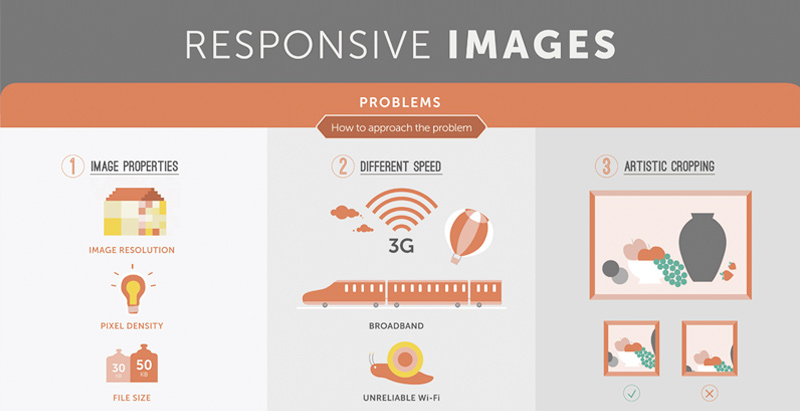Fascinated In Learning How Web Site Design Has Changed Over The Years? Check Out The Progression From Basic, Uncomplicated Styles To User-Centered Approaches That Prioritize The Requirements And Preferences Of On-Line Visitors
Fascinated In Learning How Web Site Design Has Changed Over The Years? Check Out The Progression From Basic, Uncomplicated Styles To User-Centered Approaches That Prioritize The Requirements And Preferences Of On-Line Visitors
Blog Article
Writer-Solis Vinson
In the past, websites were straightforward and focused on information. Navigating was direct, and style was for desktop computers. Currently, user experience is crucial. Information overviews designs for simple navigating. Receptive designs fit different tools. Today, dark mode lowers strain, and minimal food selections boost navigation. Interactive features involve individuals, and vibrant visuals stick out. AI integration boosts involvement. See exactly how style has actually progressed to enhance your on the internet journey.
Early Days of Web Design
In the very early days of web design, simplicity preponderated. Internet sites were basic, with limited colors, typefaces, and formats. The emphasis got on providing information instead of showy visuals. Users accessed the net with sluggish dial-up links, so rate and functionality were key.
Navigating food selections were straightforward, typically situated on top or side of the page. Websites were developed for desktop, as mobile surfing had not been yet widespread. Material was king, and designers prioritized very easy readability over intricate style elements.
HTML was the main coding language utilized, and developers had to function within its restraints. https://hectorojeyt.atualblog.com/35962511/are-you-seeking-to-enhance-exactly-how-your-website-shows-up-online-discover-specialized-strategies-in-web-design-that-can-raise-your-web-site-s-performance and interactive functions were very little compared to today's requirements. Websites were fixed, with little dynamic material or individualized user experiences.
Increase of User-Focused Layout
With the advancement of web site layout, a shift towards user-focused style concepts has become progressively famous. Today, developing web sites that focus on user experience is essential for engaging visitors and achieving company goals. User-focused design involves recognizing the demands, preferences, and behaviors of your target audience to tailor the website's layout, web content, and includes appropriately.
Designers now carry out extensive research, such as individual surveys and use testing, to collect understandings and comments straight from customers. This data-driven strategy aids in producing instinctive navigating, clear calls-to-action, and visually enticing user interfaces that reverberate with visitors. By placing the customer at the facility of the design procedure, websites can supply an extra individualized and delightful experience.
Receptive style has actually also emerged as a vital facet of user-focused design, making certain that internet sites are enhanced for numerous devices and screen sizes. This versatility enhances availability and usability, catering to the varied ways users interact with sites today. Basically, the surge of user-focused design symbolizes a shift in the direction of producing electronic experiences that focus on the requirements and expectations of completion individual.
Modern Trends in Website Design
Discover the latest patterns shaping website design today. One famous trend is dark mode layout, using a sleek and modern look while minimizing eye strain in low-light atmospheres. An additional essential trend is minimalist navigating, simplifying menus and boosting customer experience by focusing on essential elements. Including micro-interactions, such as computer animated switches or scrolling impacts, can create a more interesting and interactive internet site. Receptive design remains crucial, ensuring smooth user experiences across various tools. In addition, utilizing strong typography and unbalanced formats can include aesthetic interest and draw attention to particular web content.
Integrating AI modern technology, like chatbots for consumer support or personalized referrals, enhances customer interaction and simplifies processes. Accessibility has additionally become a significant fad, with developers prioritizing comprehensive layout practices to cater to diverse customer requirements. Embracing sustainability by enhancing internet site performance for rate and performance is one more arising pattern in web design. Teaming up with user feedback and data analytics to iterate and boost design constantly is crucial for remaining appropriate in the ever-evolving digital landscape. By accepting these modern-day patterns, you can develop an aesthetically appealing, easy to use internet site that resonates with your audience.
Final thought
As you reflect on the development of site layout from the early days to currently, you can see exactly how user-focused design has become the driving force behind modern fads.
Accept pop over to this web-site of adjustment and adjustment in website design, constantly maintaining the user experience at the center.
Keep existing with the most up to date fads and technologies, and never quit advancing your approach to produce aesthetically sensational and user-friendly sites.
Evolve, adapt, and develop - the future of web design remains in your hands.
